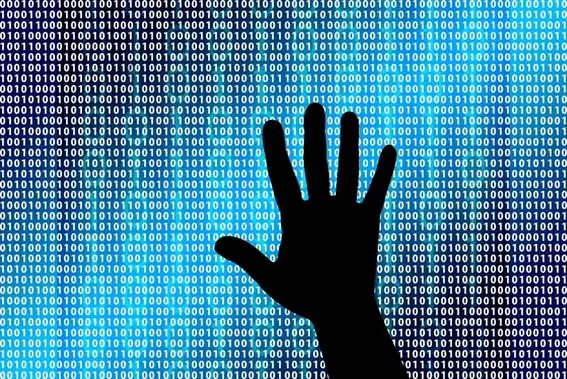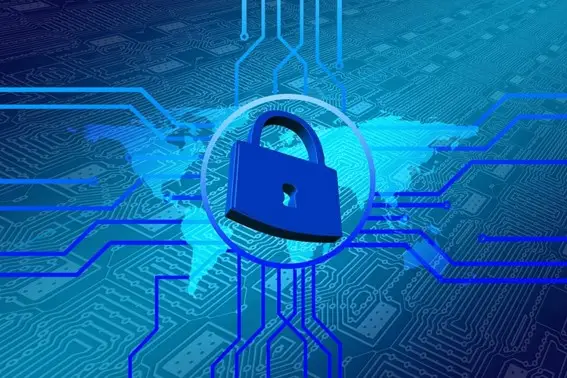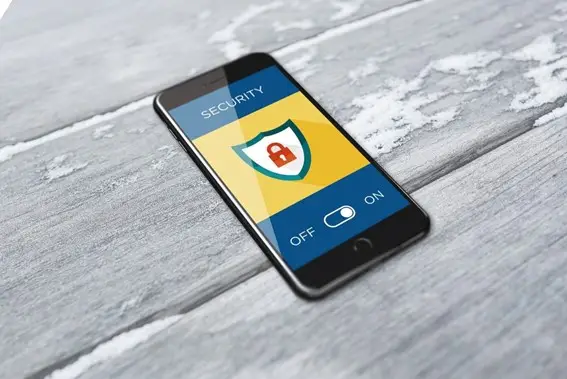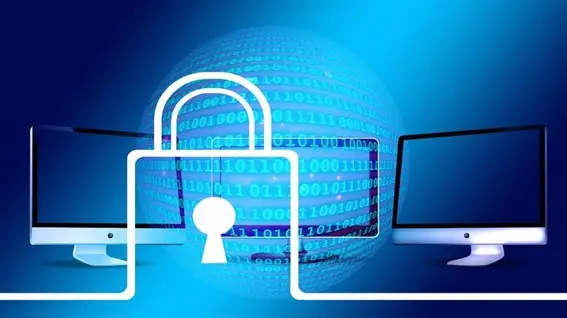focus notes


What are the typical types of computer viruses? Organizing its characteristics and infection routes

table of contents
Computer viruses threaten our safety by infiltrating computers without our knowledge and multiplying.There is also the risk of personal information leakage and system errors.It has been with.
There are several types of computer viruses, and they can be distinguished by the infection route and the type of virus action and damage. Having this basic knowledge may lead to countermeasures and early detection at home and at work. So this time,We will explain the types of typical computer viruses and the differences in their infection routes, effects, and damage.
What types of computer viruses are there?
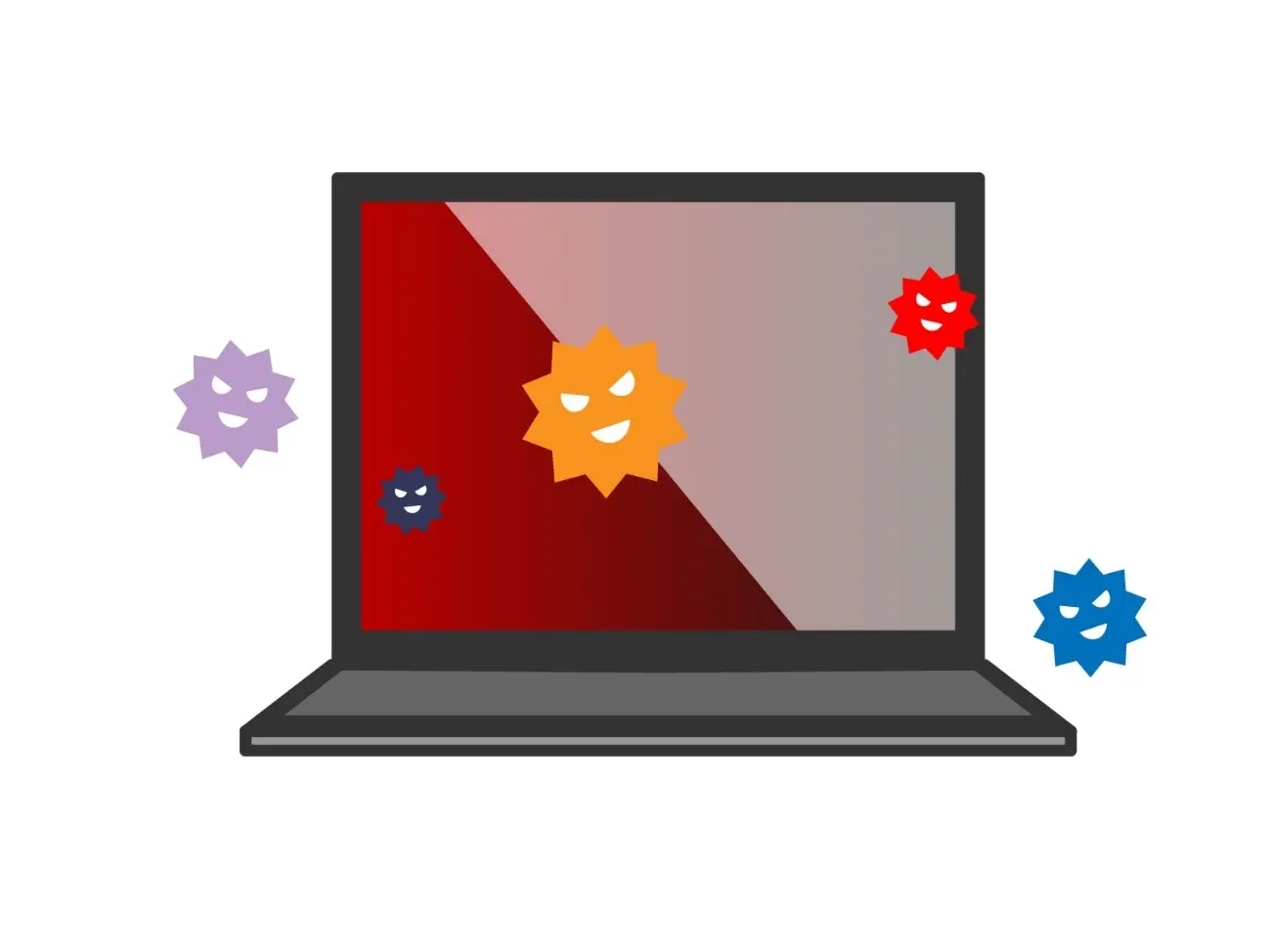
computer virusIt is said that there are various types of viruses based on the infection route and the effects and damage caused by the virus.There are three major types of viruses: ``worm-type viruses,'' ``Trojan horse-type viruses,'' and ``macro-type viruses.''It will be divided into
So, about these three types,We will explain each of the three points: characteristics, infection route, and action.If you can get an idea of the infection routes and damage caused by each type of computer virus, it will help you take preventative measures on a daily basis and what to do when troubles occur, so please use this as a reference.
worm type virus
Features
Worm-type viruses are characterized by their strong infectivity.You could say that. Worm-type viruses are said to spread rapidly on the Internet, traveling through various media.
It is said that the name "worm" was given because it crawls around the Internet like a bug and infects other computers one after another, and it is said to have become so popular that itComputer virus with strong self-replicating abilityYou could say that.
Infection route
Worm-type viruses infect through all services provided on the Internet, shared networks, and various storage media.
In most cases, the infection spreads through clicked URLs, emails, files, etc. without knowing that a computer virus is installed.It has been with.
action
The main effect isStopping the computer, causing it to malfunction, or stealing information,And so on.
As a result, your password will be stolen.When damage occurs such as replicating copies of virus files within the computer and using up hard disk space.there is. In addition, unknowingly sending a large number of emails containing computer viruses, etc.It may lead to the spread of infectionIt has been with.
Trojan horse virus
Features
Trojan horse virusAt first glance, it appears to be a useful and desirable program for the user.It is characterized by being infected without knowing that it is not malicious and safe.It has been with.
They can be infected without their knowledge, install and execute malicious programs, and in some cases become accomplices to crimes carried out over the Internet.You may.
Infection route
Trojan horse viruses are characterized by hiding in screensavers, images, document files, and smartphone apps, disguised as information that at first glance seems useful to users.
It may also display a message saying "Your computer is infected with a virus" and trick you into downloading a malicious program that pretends to be a security system. in this way,Infections are often caused by installing some program or opening a file.It has been with.
When installing a program, it may be a good idea to take an extra step by searching for the service name and checking the information about that program.
action
The actions of Trojan horse viruses are said to be divided into several types.The main effects and damage are as follows:is.
What all actions have in common is thatThese techniques include stealing important information from the hardware and hijacking its operations, which can lead to major damage.There is also.
◆back door type
The program is installed without the user's knowledge. Early detection is difficult because the program completes execution automatically after installation.
◆password stealing type
The attacker took pictures of the desktop screen, recorded keyboard information, and stole passwords.
◆cracker mold
The attacker changes the browser settings and accesses a specific website specified by the attacker when starting the computer or connecting to the Internet.
◆Download type
Directed to a website set up by the attacker. Downloading of malicious programs and automatic execution of programs, etc.
◆dropper type
Install and execute malicious programs behind the scenes. Eavesdropping on FTP when files are sent over the Internet, attacking sites used, and embedding Trojan horses.
◆proxy type
Modified router and DNS settings without permission, and built a proxy server on the computer. Attackers can also use the server to commit other high-tech crimes. They may even become perpetrators of crimes.
macro virus
Features
Microsoft Office applications (Word, Excel, PowerPoint, Access, etc.) have a feature called macro that allows you to register specific operating procedures as a program. thisA type of virus that uses the macro function to infect is called a macro virus.Is called.
Macro viruses hijack the macro function toPerform operations such as rewriting or deleting files, or start self-replication.I will.
Infection route
Infection occurs when you open a file containing a computer virus or when you open an infected Office application.begins. The damage is said to spread through the exchange of files created by infected software.
action
When infected with a macro virus,Viruses can delete files or change application settings.The main damage isNot being able to save your work, receiving a large amount of emails with viruses, etc.can be mentioned.
Know the characteristics of each type and take appropriate antivirus measures

There are several types of computer viruses, each with different characteristics.
This time, we have summarized the infection route, the effects of the virus, and the characteristics of its damage. If you have basic knowledge about the types of computer viruses and their infection routes, you may be able to prevent the spread of infection.
Also,When using a computer at work or home, it is important to be aware of security measures on a daily basis and to avoid opening unknown emails or suspicious files.is.
Take proper precautions in advance and use the Internet safely and comfortably.
[Reference site]
・“What is a virus?” Cybersecurity site for citizens│Ministry of Internal Affairs and Communications HP
Achievements left behind
48 years since its establishment.
We have a proven track record because we have focused on what is important.
It has a long track record in both the public and private sectors.
Number of projects per year
500 PJ
Annual number of business partners/customers
200 companies
Maximum number of trading years
47 years
Total number of qualified persons
1,870 people


